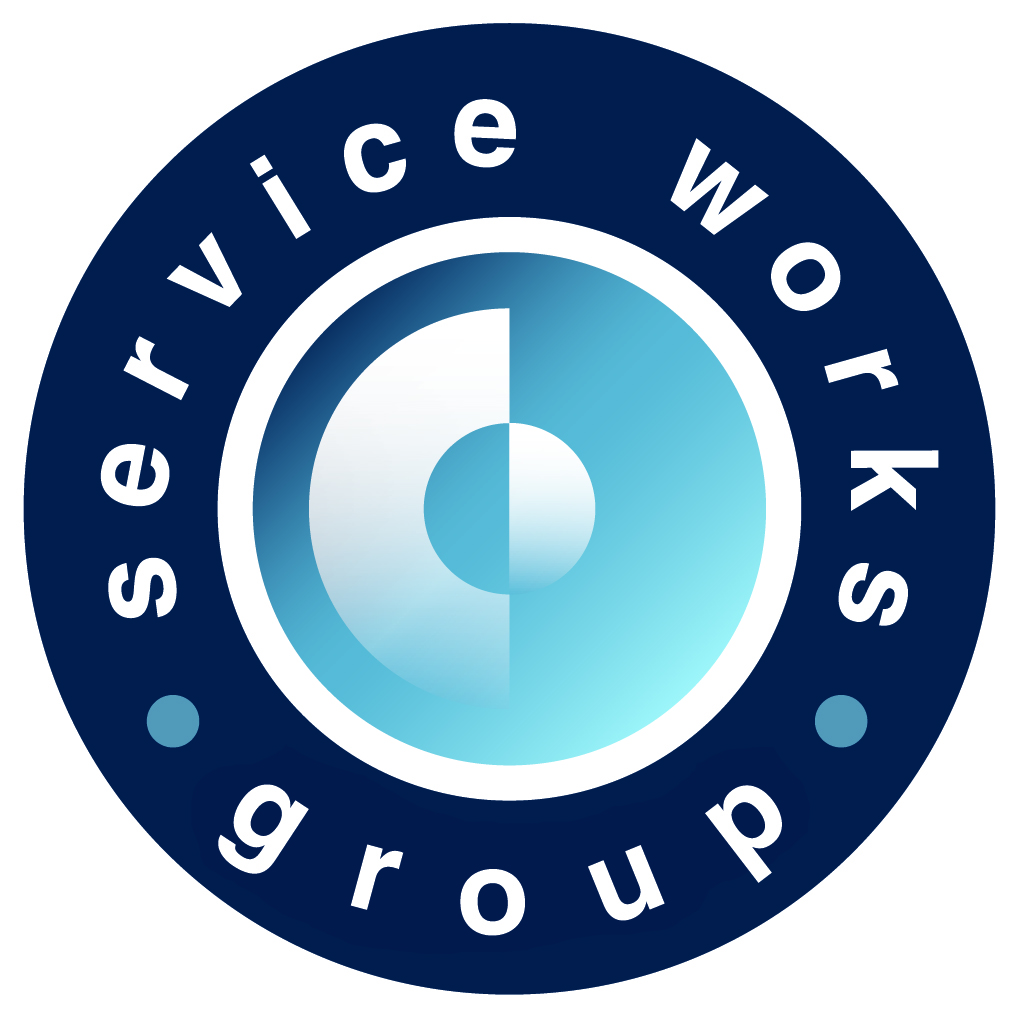In order for a building to operate efficiently, understanding what your building’s made of and outlining a clear strategy on how to maintain it is essential. This blog explores the benefits of utilising BIM technology to improve the day-to-day management of an estate as well as the potential health and safety implications that can be avoided with proper asset data management.
The Benefits of Retrofitting BIM
BIM helps users understand what a building is made from and how it has been constructed. Laser scanning, a core enabler of BIM as its digital evolution has progressed, creates a digital picture of the space and how all the constituent parts stick together. The process can now happen with such precision that it’s capable of producing highly accurate 3D images of external and internal images of surfaces and rooms, including designs and furnishings. When combining this with site surveys, it helps create a detailed, holistic picture of the building.
BIM may be easier to implement in new builds, but retrofitting BIM into older buildings is possible, and increasingly necessary due to both the safety risks inherent in historic construction techniques and the need to decarbonise buildings.
A three-dimensional view
3D models can make a significant difference. In 2019, the fire at Notre Dame triggered many building owners to retrofit their estates with BIM scans so they had an up-to-date digital building model to refer to This includes SWG client Nordica Muskeet (Nordic Museum) who created a 3D model with accurate interior and exterior measurements with the support of reality capture technology. Kennet Blixt, Director of Properties for the Nordic Museum explains: “The catastrophic fire in Notre Dame highlighted how important it is to have building information updated and available”.
What’s more, retrofitting with BIM data enables facilities management teams to integrate building data with CAFM (Computer Aided Facilities Management) systems. The 3D model can be shared with building managers, architects, contractors, operatives and other stakeholders who might require insight into the composition of a facility and its assets, making it especially useful for maintenance and repair projects.
Setting it up
Building an asset register is the first crucial step for retrofitting BIM. Often, these are lacking in information, disjointed or outdated, often stored in an array of different sources, such as Excel spreadsheets or architectural drawings.
Integrating BIM information with CAFM software ensures that any changes to assets are automatically updated in the 3D model, ensuring it’s always up to date. From here, users can build an accurate maintenance regime and ensure more efficient reactive maintenance.
CAFM integration allows contractors to see the exact model of the item they need to fix in advance, what tools or equipment they must use and any spare parts that may be needed. This capability reduces business downtime and means contractors don’t need to do preliminary site visits. Labour costs are lower and there is less energy wasted overall too.
What’s next?
Looking forward, developments in AI (Artificial Intelligence) will deliver even greater benefits. AI provides an extra dimension of intelligence and foresight technology, potentially learning when reactive and planned maintenance typically takes place and even predicting when part of the building needs maintenance, reducing downtime.
Retrofitting BIM into existing, older buildings will also improve progress for businesses with ESG objectives. A comprehensive picture of a building and its assets ensures that it’s easier to find energy inefficiencies.
In summary, BIM is an essential tool not just for design and construction, but also for improving estate management and managing risks safely. By retrofitting buildings with BIM, and using this data in the operational phase, facilities managers can keep on top of maintenance schedules and ensure better preservation of the building itself, reducing the need for new materials, and eliminating wasted energy.
For more information about QFM, or to speak to Service Works Global about how QFM can help with challenges within your company, please contact us here.
Keep up to date on the latest industry and technology developments: sign up to receive SWG’s blog delivered straight to your inbox:







